Doing research on the Web is like using a library assembled piecemeal by pack rats and vandalized nightly
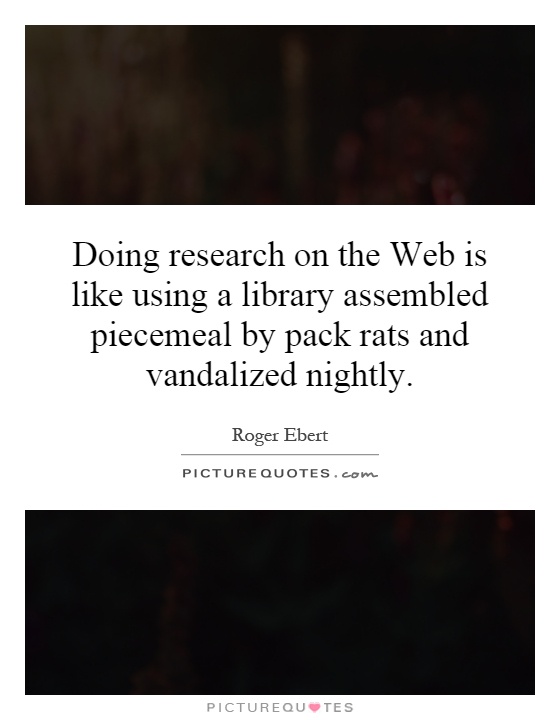
Doing research on the Web is like using a library assembled piecemeal by pack rats and vandalized nightly
Roger Ebert, the renowned film critic, was known for his insightful reviews and deep knowledge of cinema. In today's digital age, doing research on the web can sometimes feel like navigating a library assembled piecemeal by pack rats and vandalized nightly. This analogy is particularly apt when considering the vast amount of information available online and the challenges of sifting through it to find reliable sources.Ebert was a master of his craft, with a keen eye for detail and a deep understanding of film history. He spent decades honing his skills and building a reputation as one of the most respected critics in the industry. In many ways, Ebert's approach to film criticism can be seen as a model for how to navigate the chaotic landscape of the internet.
Just as Ebert carefully curated his reviews and recommendations, researchers must be diligent in selecting sources and verifying information found online. The web is a vast and ever-changing repository of knowledge, but it is also filled with misinformation, bias, and outright falsehoods. Like a library assembled piecemeal by pack rats, the internet can be a jumble of conflicting information, outdated sources, and unreliable data.
Furthermore, the web is constantly being "vandalized" by those who seek to manipulate information for their own purposes. Fake news, clickbait headlines, and biased sources can all distort the truth and make it difficult to separate fact from fiction. In this environment, researchers must be vigilant in their quest for accurate and reliable information.
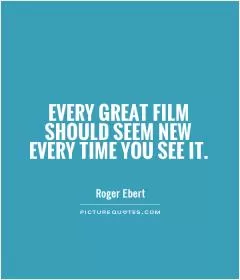
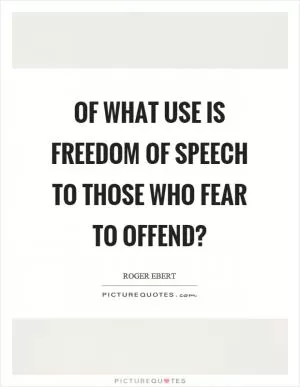

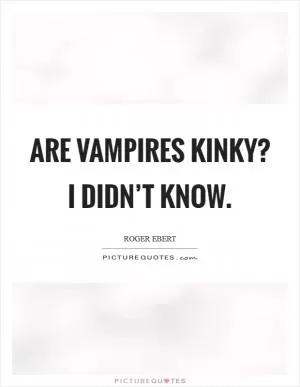
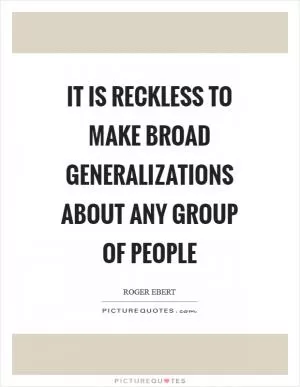
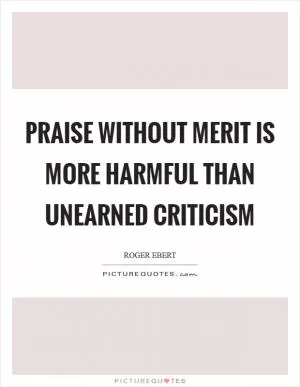
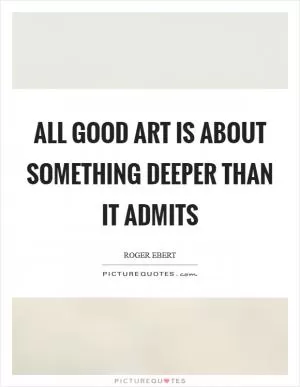
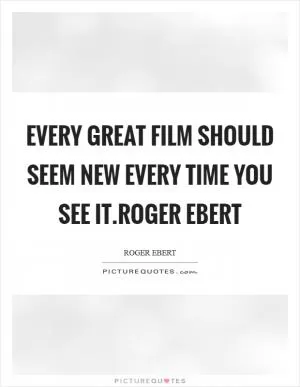

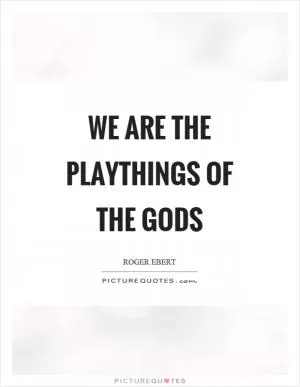
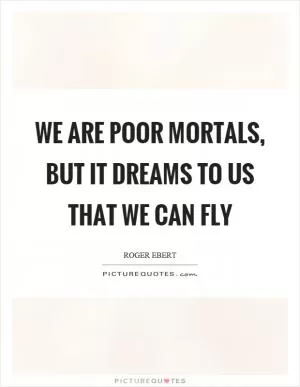
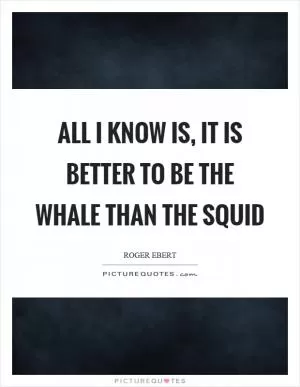
 Friendship Quotes
Friendship Quotes Love Quotes
Love Quotes Life Quotes
Life Quotes Funny Quotes
Funny Quotes Motivational Quotes
Motivational Quotes Inspirational Quotes
Inspirational Quotes